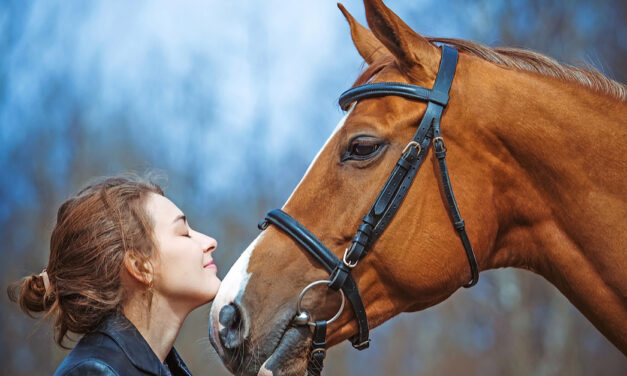
Horses are majestic creatures, capable of forming deep bonds with humans. But before you embark on trail rides or competitive events, a solid foundation in basic horse training is essential. This not only ensures your safety but also fosters a trusting and respectful relationship with your equine companion.

Why Basic Training Matters
Basic horse training goes beyond simply teaching tricks. It’s about establishing clear communication and understanding each other’s cues. Here’s why it matters:
- Safety: A well-trained horse is less likely to spook, bolt, or react unpredictably. This keeps both you and the horse safe during handling and riding.
- Control: Basic commands like leading, stopping, and turning allow you to guide your horse confidently.
- Trust: Effective training builds trust between you and your horse. When your horse understands your cues and feels comfortable following them, a strong bond develops.
- Versatility: A foundation in basic training opens doors to various riding disciplines and activities you can enjoy together.
Getting Started with Groundwork
Groundwork is the groundwork (pun intended!) for successful horseback riding. It focuses on training your horse on the ground using a halter and lead rope. Here are the essential steps:
- Habituate to Handling: Start by gently acclimating your horse to being touched, haltered, and led. This involves positive reinforcement with treats and praise for calm behavior.
- Respecting Personal Space: Teach your horse to yield to gentle pressure. Apply light pressure with the lead rope and release it immediately when the horse moves in the desired direction.
- Leading: Practice leading your horse in straight lines, circles, and stopping on cue. Be patient and use clear signals with the lead rope and your body language.
- Standing Still: Train your horse to stand patiently while you groom, tack up, or mount. This requires consistent practice and rewarding calm behavior.
Essential Groundwork Exercises
- Yielding the Forehand: Apply gentle pressure to the lead rope on the horse’s side closest to you, encouraging it to move its head and shoulder towards you. Release the pressure when it yields.
- Yielding the Hindquarters: Move behind your horse and gently apply pressure with the lead rope towards its flank. The horse should step its hindquarters away from the pressure.

Backing Up: Stand beside your horse and gently apply pressure with the lead rope on its chest while pushing your body slightly forward. The horse should learn to back up a few steps.
Building Confidence Through Desensitization
Horses can be easily spooked by unfamiliar objects or sounds. Desensitization involves gradually exposing them to these stimuli in a controlled environment and rewarding calm responses. Here’s how:
- Start Slow: Begin with introducing new objects at a distance and gradually bring them closer while observing your horse’s reaction.
- Positive Reinforcement: Reward calm behavior with treats and praise. This helps the horse associate the new stimuli with positive experiences.
- Be Patient: Desensitization takes time. Don’t rush the process and allow your horse to adjust at its own pace.
Moving Up: Basic Riding Skills
Once your horse has mastered groundwork and feels comfortable with you, you can progress to mounted riding. Here are some fundamental skills to focus on:
- Mounting and Dismounting: Practice mounting and dismounting smoothly and safely. Use a mounting block for ease and always approach the horse from its side.
- Maintaining Balance: Develop a secure seat by focusing on good posture and balance. This allows you to communicate effectively with your horse through your body language.
- Basic Gaits: Learn to control the horse’s natural gaits, including walk, trot, and (eventually) canter. Use gentle leg cues and weight distribution for guidance.
- Steering: Practice turning your horse using weight cues and gentle rein pressure. Keep your aids light and focus on clear communication.
Additional Tips for Success
- Find a Qualified Trainer: Consider guidance from a qualified horse trainer, especially if you’re a beginner. They can provide personalized instruction and ensure proper technique.
- Patience is Key: Horse training is a journey, not a destination. Be patient, consistent, and celebrate small victories along the way.
- Positive Reinforcement: Reward your horse for desired behaviors. This creates a positive training environment and fosters a strong bond.
Safety First: Always prioritize safety when working with horses. Wear appropriate riding gear and be aware of your surroundings.

Leave a Reply